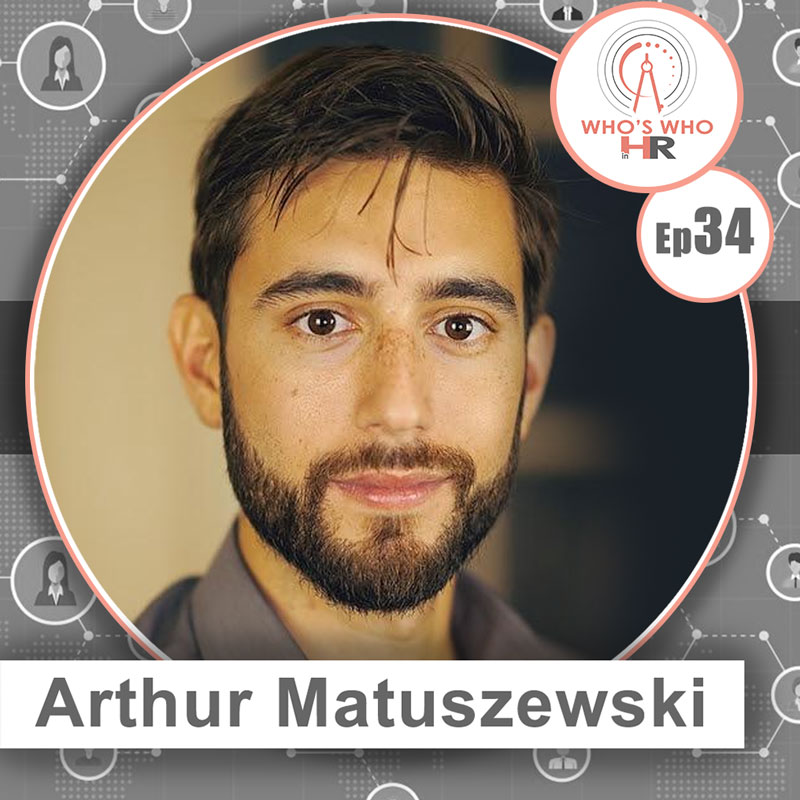Arthur Matuszewski leads Talent for Better.com, a rapidly scaling homeownership startup using technology to change the way people finance their homes for the better.
Before joining Better.com, Arthur led Strategic Talent Sourcing for Wayfair where he helped the leading destination for home e-commerce scale from 7,000 to 14,000+ employees in under two years. Previously, Arthur was responsible for talent strategy at innovation consultancy Fahrenheit 212 and worked in general management at the global hedge fund Bridgewater Associates.
More from Arthur…
Arthur is highly focused on the culture in his workplace and on truly making sure that the candidates he hires are the perfect fit for the company. But when it comes to advising other HR professionals on how to do it right, he says there’s not a one size fits all approach.
He tells us:
“I think, my general view is that your cultural strategy comes from your business strategy. And so it’s hard to have a one size fits all model, especially to tricky gray area questions like talent.
Ultimately, I tend to think of talent strategy as growth strategy, which to me means really looking at it, yes, as a funnel, but also as a series of conversations, a series of experiments where you’re trying to prove and disprove different hypotheses. For us, the biggest challenge was when we came in, we weren’t sure if we’re going to try to build a team to hire 30 people a month or 30 people a week. Ultimately it wound up being more than both of those.
But what it started with was really interrogating the basics. How long does it take to fill a role? How long does it take to find the right person? How many people that aren’t a fit today do we have to talk to? How do we get those people that weren’t a fit today to want to come back in tomorrow? How do we get them to tell their friends? And so the sum of all the work of the department really does center around candidate experience.
And if you have the right recruiters that are listening, that are paying attention to what candidates are telling you, and giving them, even the little changes that they’re asking for, it can go a long way in building a process that is meaningful and produces the results that you want.
I think a lot of places get in their head of, this is the only way to do it. For us, we were faced with the problem, really granularly of, interviewing all these folks that were coming to us, we had too few interviewers. So we needed to train more interviewers, we needed to get them up to speed, etc. But then we started hosting these big interview blitz days, and we started getting feedback that folks were running late, that folks were feeling discombobulated going from a case study to a more cultural conversation. And so we spent a lot of time trying to revamp that.
And so even the little things of creating a space for candidates to ask questions between interviews, having a place for them to go that feels a little bit like a rec room where they can get a vibe for what we’re like, makes them feel as though they’re already part of the team. And they can put their guard down, which in most cases leads to outperformance in interviews. So all those little things tend to add up over time. But it starts with the basics of having a process and being able to really execute it flawlessly.”









